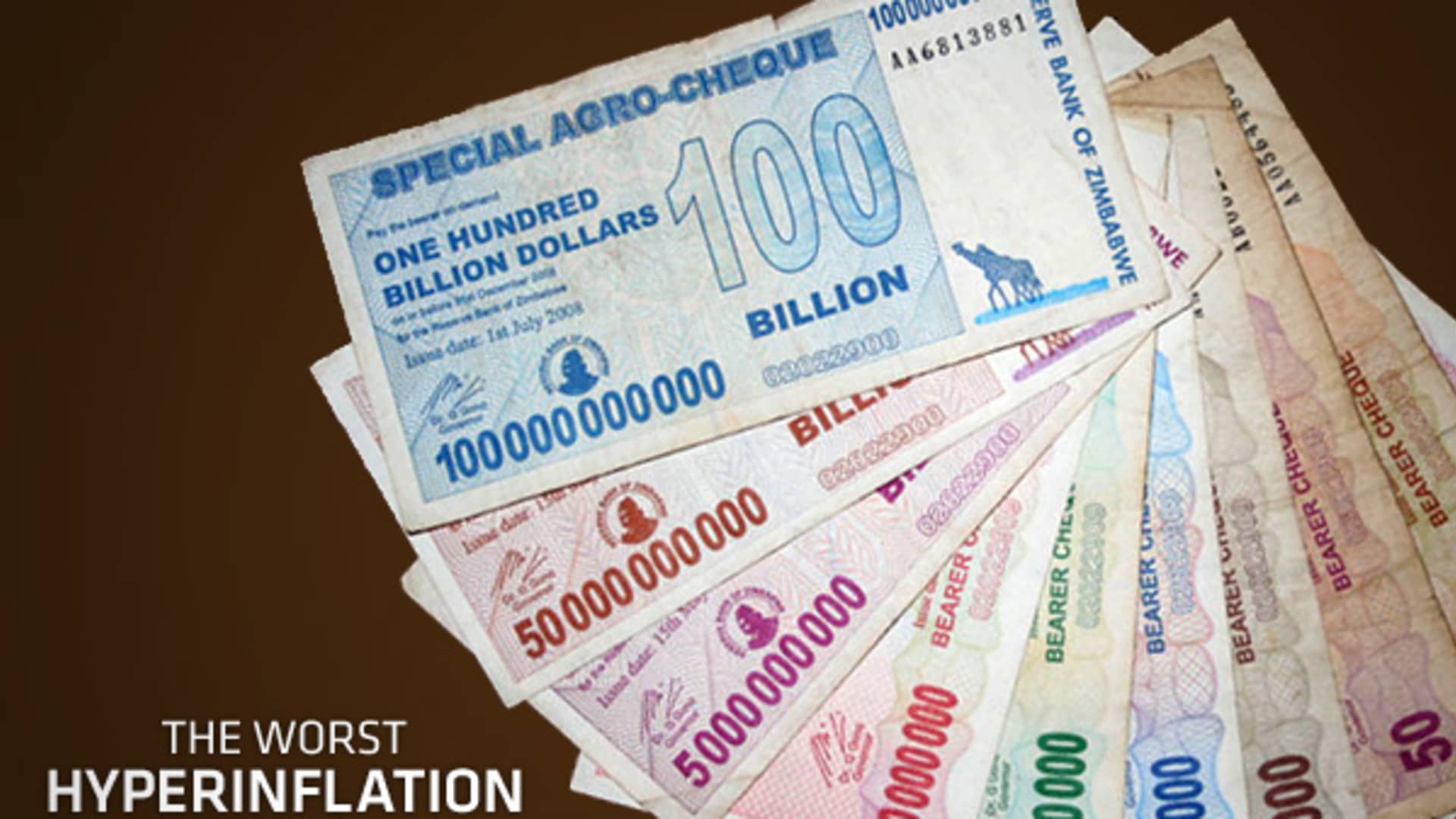Have you ever heard of hyperinflation? It is an extreme economic condition where prices increase at an alarming rate, making the value of currency worthless. Inflation rates may be high in some countries, but hyperinflation is rare and usually occurs during extreme circumstances, such as wars or political upheavals.
During hyperinflation, stock markets can become volatile and unpredictable. Investors can panic and sell stocks, leading to steep declines in stock prices. The value of currency falls rapidly, leading to a significant loss in purchasing power. So how can you protect your investments during hyperinflation? Here are some strategies that can help.
Diversification
Diversification is key to protecting your investments during hyperinflation. It involves investing in a range of assets, such as stocks, bonds, and commodities. This strategy can help to reduce the risk of losing all your investments in one asset class. A diversified portfolio can help to protect your investments from market volatility during hyperinflation. You can read more on How To Diversify Your Portfolio if you're interested.
Investing in Inflation-resistant Assets
Inflation-resistant assets can help to protect your investments during hyperinflation. These are assets that are not affected by inflation or are negatively correlated to inflation. For example, real estate can be a good inflation-resistant asset because it retains its value even during inflation. Investing in commodities such as gold or silver can also be a good strategy because their values tend to increase during inflation.
Monitoring Inflation Indicators
Keeping an eye on inflation indicators can help you stay ahead of any potential risks to your investments. Monitoring inflation indicators such as the Consumer Price Index (CPI) and inflation expectations can help you predict the impact of inflation on your investments. For example, if inflation is expected to increase, investing in inflation-resistant assets such as gold can be a good strategy.
Stay Calm and Avoid Panic Selling
During hyperinflation, stock markets can become volatile, and investors may panic and sell stocks. However, panic selling can lead to significant losses. Instead, it is essential to stay calm and avoid making impulsive decisions. It is essential to stick to your investment plan and stay focused on your long-term goals. Remember, hyperinflation is a rare event, and panic selling is not a sustainable investment strategy.
Invest in International Stocks
Investing in international stocks can help to diversify your portfolio and protect your investments during hyperinflation. International stocks are usually less correlated with domestic stocks and can help to reduce the risk of market volatility. However, it is essential to research and understand the political and economic conditions of the country before investing in international stocks.
Bitcoin's Inflation Resistance
Many investors also view Bitcoin as a potential alternative to traditional inflation-resistant assets such as gold, and some argue that its finite supply makes it a better long-term investment option. One of the key characteristics of Bitcoin is its inflation resistance. Unlike fiat currencies, Bitcoin is designed to have a limited supply. The total number of Bitcoins that can be created is capped at 21 million, which means that there will never be more than that amount in circulation. This makes Bitcoin a deflationary asset, as the supply is fixed while demand can increase over time.
Hyperinflation Throughout History
There have been several instances of hyperinflation in the world, with the most well-known examples occurring in Germany after World War I and Zimbabwe in the 2000s. In Germany, hyperinflation led to a rapid increase in prices, with the cost of goods doubling every few days. At its peak, the exchange rate between the German mark and the US dollar was 4.2 trillion marks to one dollar.
Similarly, in Zimbabwe, hyperinflation caused the country's currency to become worthless, with prices doubling every 24 hours. At its height, the inflation rate in Zimbabwe was estimated to be over 79 billion percent. These events highlight the devastating impact of hyperinflation on economies, businesses, and individuals.
In recent years, Venezuela and Argentina have also experienced severe cases of hyperinflation. In Venezuela, the inflation rate reached an all-time high of over 10 million percent in 2019, leading to a sharp decline in the value of the bolivar, the country's currency. This had a significant impact on the country's economy and led to shortages of basic goods and services, as well as widespread poverty.
In Argentina, hyperinflation has been a recurring problem, with several periods of high inflation throughout the country's history. In 2020, the inflation rate in Argentina was over 36%, and the country has struggled with high levels of debt and economic instability. These examples demonstrate the importance of being prepared for hyperinflation and taking steps to protect your investments and financial well-being during such challenging times.
Conclusion
Hyperinflation is a rare and extreme event that can have a significant impact on the stock market and your investments. However, by diversifying your portfolio, investing in inflation-resistant assets, monitoring inflation indicators, staying calm, and investing in international stocks, you can protect your investments during hyperinflation. Remember, it is essential to stick to your investment plan and focus on your long-term goals, even during extreme economic conditions.






